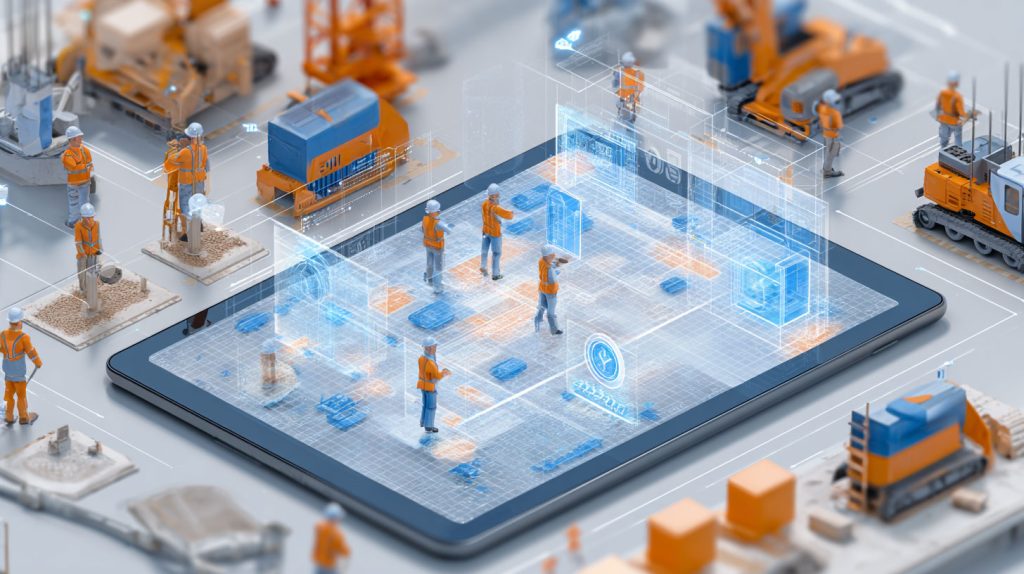Top Ways AI and Modern Pre-Task Plan (PTP) Platforms Use Smart Data to Improve Safety and Jobsite Coordination
Table of Contents:
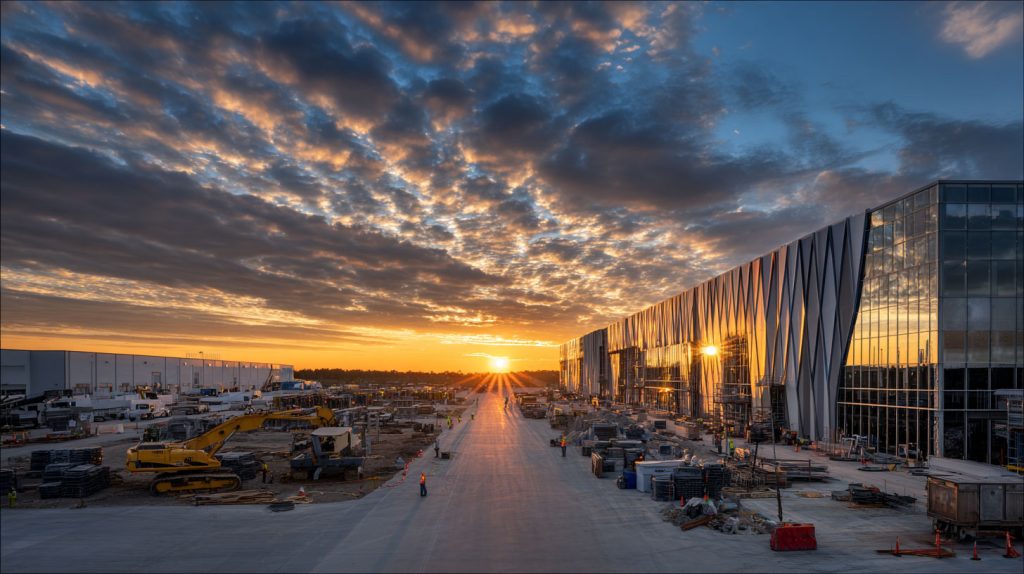
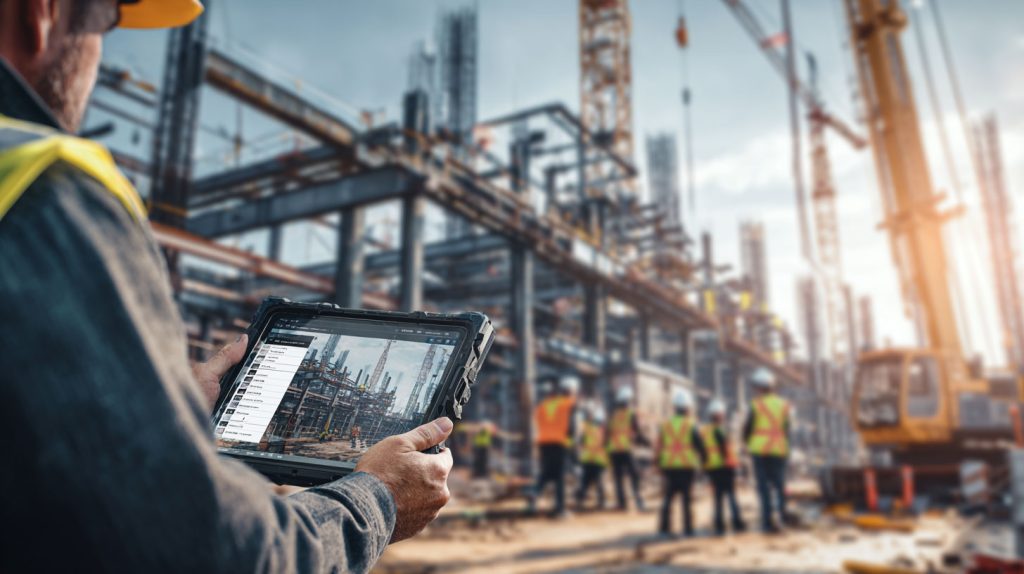
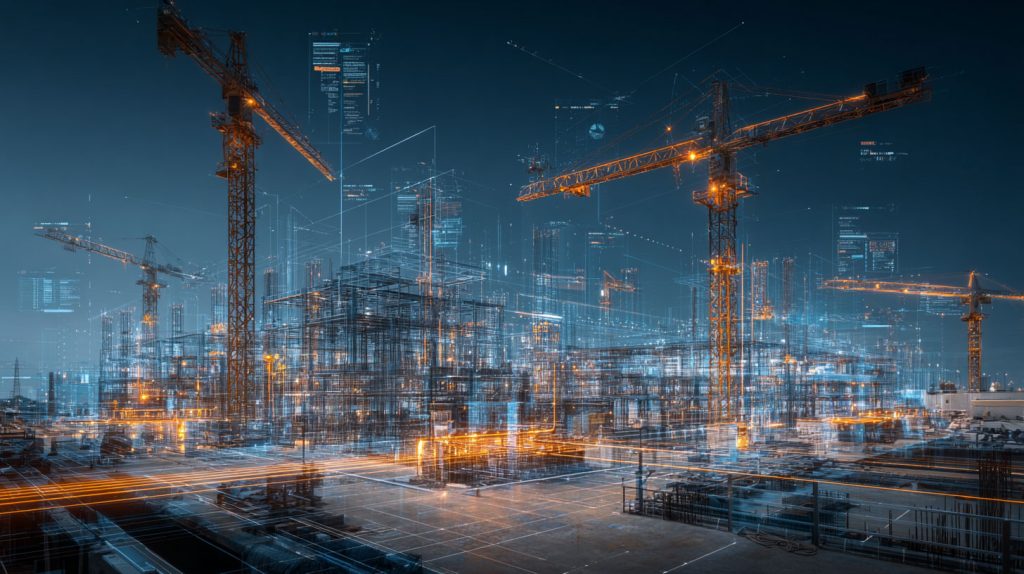

Data has officially become the new hard hat in construction. On today’s high-speed jobsites, real-time information is what protects workers, prevents delays, and keeps projects on schedule. And no tool embodies this transformation more than the modern Pre-Task Plan (PTP) platform—especially when powered by Artificial Intelligence (AI) and smart data analytics.
For decades, PTPs were simple forms: identify the task, list the hazards, note the PPE. But as jobsites and risks have evolved, so has safety planning. Today’s digital PTP platforms collect data from sensors, field reports, and user behavior to automatically identify recurring risks, recommend safety controls, and improve coordination between crews. AI makes it possible to go beyond compliance—turning every safety plan into an opportunity for learning and prevention.
For superintendents, this means gaining visibility like never before. AI-driven PTP software provides real-time insights into who’s working where, which hazards are trending, and how effectively teams are communicating across shifts. This data doesn’t just make safety smarter—it helps crews plan work more efficiently and predict potential disruptions before they happen.
In this article, we’ll explore the top ways AI and modern PTP platforms use smart data to enhance safety, awareness, and coordination on construction sites—and how solutions like StruxHub are helping superintendents turn data into proactive field leadership.
How Smart Data Turns Pre-Task Planning Into Predictive Safety
Traditional Pre-Task Plans are static—they capture what’s happening before work begins, but not what’s likely to happen during the day. AI changes that. By analyzing smart data from sensors, weather systems, and historical reports, modern PTP platforms can predict risks before crews encounter them.
These systems collect inputs from multiple sources: field photos, previous PTPs, GPS data, and even equipment telematics. AI then identifies patterns that point to potential hazards—like repeated near-misses in specific zones, or fatigue-related incidents during night shifts. Instead of reacting after an event, superintendents can intervene ahead of time.
Predictive safety doesn’t replace human judgment—it enhances it. It gives field leaders actionable intelligence that allows them to plan more effectively, adjust schedules, or reinforce training in areas of concern. The result is fewer accidents, smoother workflows, and a stronger safety culture.
Top Benefits
- Identifies emerging hazards before incidents occur.
- Uses historical and real-time data to guide preventive actions.
- Enhances decision-making through automated safety insights.
Best Practices
- Review AI safety forecasts in morning coordination meetings.
- Pair predictive data with field inspections for validation.
- Adjust manpower or sequencing based on risk alerts.
Q&A Mini Section
Q: How does AI “predict” safety risks?
A: It analyzes past incidents, equipment usage, and site conditions to forecast where or when hazards are most likely to occur.
Q: Can predictive safety data replace safety officers?
A: No—it complements their expertise, giving them deeper context for decision-making.
Q: How fast does AI update these predictions?
A: Continuously—most systems refresh as new data flows from sensors, PTP submissions, or field reports.
Predictive analytics turns PTPs from static paperwork into living systems that actively protect workers and prevent downtime.

How AI Streamlines Crew Communication and Coordination
Poor communication is one of the biggest causes of accidents and inefficiency on large jobsites. AI-driven PTP platforms solve this by ensuring every team member shares the same information in real time. When a foreman updates a safety plan or notes a hazard, AI ensures the update is automatically sent to all affected crews and supervisors—instantly.
AI also helps eliminate duplication. If two trades are working in overlapping areas, the platform flags potential conflicts and suggests coordination steps, such as rescheduling or adjusting access routes. This reduces friction between teams and keeps workflows organized.
In high-density sites like data centers or hospitals, AI-based coordination keeps crews focused on the right priorities. It prevents lost time from miscommunication and keeps everyone aware of changing site conditions, especially during complex or high-risk operations.
Top Benefits
- Improves coordination by synchronizing updates across trades.
- Reduces conflicts through automated area and schedule analysis.
- Increases transparency between field and office teams.
Best Practices
- Use shared digital dashboards for daily coordination meetings.
- Encourage foremen to update hazards and notes throughout the day.
- Review AI coordination alerts to prevent overlapping activities.
Q&A Mini Section
Q: How does AI improve cross-trade coordination?
A: It analyzes location and task data to detect conflicts and send alerts before interference happens.
Q: Does this work on fast-track projects?
A: Yes—AI thrives in high-speed environments by continuously analyzing new data.
Q: Can crews see coordination updates live?
A: Absolutely—modern PTP platforms sync instantly across mobile devices.
AI-powered coordination keeps jobsites agile, connected, and far less prone to costly miscommunication.
How Data Analytics Help Identify Hidden Patterns and Improve Training
AI doesn’t just make PTPs smarter in the moment—it helps build safer teams for the long term. By analyzing trends in safety data, modern PTP platforms reveal hidden patterns that point to training or process gaps.
For example, analytics might show that multiple crews consistently report tripping hazards in one area, or that a certain activity type has a higher incident rate than others. With this knowledge, superintendents can target refresher training or redesign workflows to eliminate the root cause.
This continuous feedback loop turns everyday data into an ongoing improvement process. Crews feel heard, leadership gets measurable performance insights, and safety programs evolve based on evidence—not assumptions.
Top Benefits
- Transforms daily data into long-term training insights.
- Highlights recurring hazards and root causes.
- Strengthens worker engagement through visible progress tracking.
Best Practices
- Use weekly analytics summaries to update safety talks.
- Correlate PTP data with incident reports to find root causes.
- Share improvement metrics with crews to reinforce accountability.
Q&A Mini Section
Q: How do analytics improve training quality?
A: They pinpoint recurring issues so that future training targets specific weaknesses.
Q: Can analytics measure improvement over time?
A: Yes—data visualization tools show safety trends, participation rates, and incident reductions.
Q: Why is transparency important in analytics?
A: When crews see that their data drives change, they engage more fully in safety processes.
Data analytics give superintendents a roadmap for smarter training and continuous improvement—turning lessons learned into lasting results.
How Mobile Data Collection Keeps Field Information Accurate and Instant
Accurate data is the foundation of any successful AI-powered safety system. In the past, most field information—like hazard observations or inspection notes—was captured manually and entered into spreadsheets hours later, often leading to errors or incomplete reports. Mobile-enabled PTP platforms eliminate that delay by allowing crews to capture safety data instantly and accurately in the field.
Using smartphones or tablets, workers can submit observations, photos, or updates directly into the system. Superintendents see those updates in real time, allowing them to address emerging hazards before they escalate. The integration of mobile tools also ensures every data point—signatures, timestamps, or locations—is verifiable and consistent across trades.
Offline functionality makes mobile collection even more powerful. In areas with limited connectivity, crews can still complete forms, take photos, and upload data automatically once the network reconnects. This ensures the safety record remains seamless and uninterrupted.
Top Benefits
- Improves accuracy with real-time, field-based data input.
- Keeps safety records up to date across all trades and zones.
- Enables fast hazard response with live updates to superintendents.
Best Practices
- Equip field teams with mobile devices configured for PTP data capture.
- Require instant reporting for any change in site conditions.
- Train crews to use mobile apps for both safety and coordination updates.
Q&A Mini Section
Q: Why is mobile data capture better than manual entry?
A: It removes delays and errors, ensuring data is accurate, time-stamped, and instantly shared.
Q: Does mobile data collection work offline?
A: Yes—data syncs automatically once a connection is reestablished.
Q: Can superintendents track live updates from their phones?
A: Absolutely—most PTP platforms provide real-time dashboards accessible on any device.
Mobile data collection keeps everyone on the same page, making safety and coordination faster, smarter, and far more reliable.
How AI Dashboards Give Superintendents Predictive Control
Modern AI dashboards give superintendents something paper never could: predictive visibility. Instead of waiting for reports at the end of the day, dashboards display live insights from across the jobsite—PTP completion rates, active hazards, manpower distribution, and even high-risk zones identified by AI algorithms.
These dashboards compile data from multiple inputs—Pre-Task Plans, inspections, incident reports, and environmental sensors—and turn it into clear visual metrics. This helps superintendents see where safety compliance is strong and where attention is needed.
Beyond real-time tracking, AI dashboards highlight predictive indicators. If a certain trade shows declining PTP participation or increasing near-misses, the system flags it for immediate action. Superintendents can then reassign resources, provide targeted coaching, or schedule focused training.
By converting jobsite data into actionable insights, AI dashboards help leaders make faster, better-informed decisions—improving both safety and productivity across the site.
Top Benefits
- Provides live visibility into all PTP activity and safety metrics.
- Predicts potential performance gaps before they become incidents.
- Consolidates data for clear, visual decision-making.
Best Practices
- Review dashboard alerts each morning for emerging risks.
- Use visual analytics to set weekly safety performance goals.
- Share dashboard summaries in coordination meetings to increase transparency.
Q&A Mini Section
Q: What’s the biggest benefit of AI dashboards?
A: They turn raw data into meaningful insights, allowing proactive leadership instead of reactive problem-solving.
Q: How often do dashboards update?
A: Most systems refresh continuously as new data enters from mobile PTPs or sensors.
Q: Who benefits most from dashboard visibility?
A: Superintendents, safety officers, and project managers all gain synchronized awareness of site conditions.
AI dashboards empower superintendents with a live, data-driven perspective—helping them predict challenges and prevent delays before they impact progress.
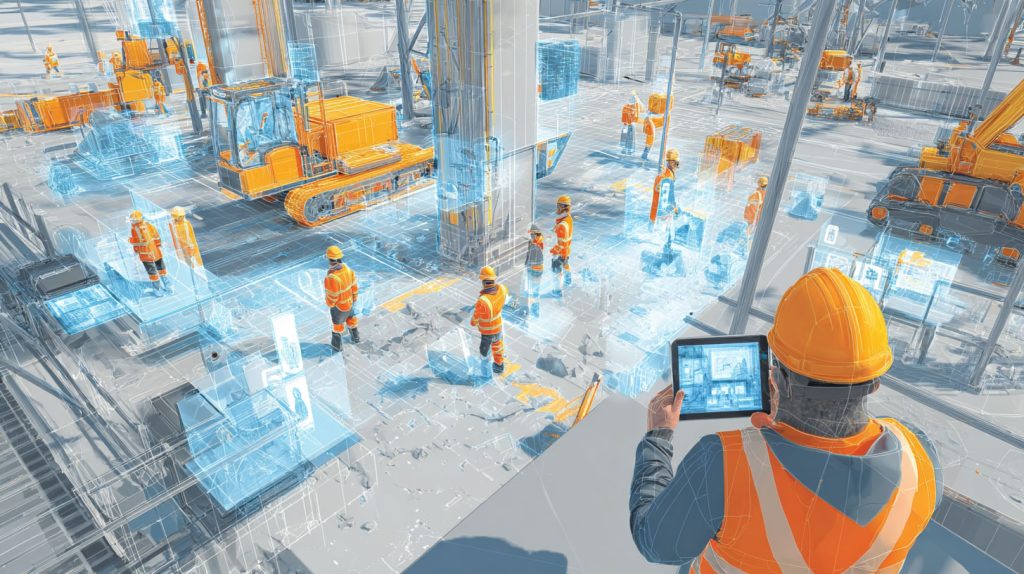
StruxHub
Experience the power of StruxHub today and witness firsthand how it can revolutionize your construction operations.
How Smart Data Improves Coordination Between Safety and Scheduling
Safety and scheduling are often treated as separate disciplines, but AI-powered PTP platforms bridge that gap by linking safety planning directly to project timelines. When crews input data about upcoming tasks and potential hazards, the system automatically aligns those insights with schedule milestones—helping teams anticipate conflicts and adjust resources.
For example, if a high-risk activity like steel erection overlaps with planned electrical work, the PTP platform can alert the superintendent and suggest resequencing. Similarly, if safety trends show that productivity drops during extreme weather, the AI can recommend alternate working times or additional manpower.
This integration keeps field coordination aligned with reality, not just the project plan. It ensures that safety awareness influences scheduling decisions, creating a balance between speed and control that keeps jobs running safely and efficiently.
Top Benefits
- Aligns safety planning directly with project scheduling.
- Reduces rework and downtime through proactive adjustments.
- Helps optimize crew sequencing based on risk data.
Best Practices
- Integrate your PTP system with project scheduling software.
- Use safety analytics to inform upcoming work plans.
- Adjust sequences immediately when risk alerts appear.
Q&A Mini Section
Q: How does smart data connect safety and scheduling?
A: It merges hazard data with schedule timelines, ensuring high-risk tasks are planned with proper precautions.
Q: Does this slow down progress?
A: No—by preventing conflicts and rework, it actually accelerates workflow.
Q: Can this integration improve labor planning?
A: Yes—AI helps assign the right crews and resources to match risk levels and timing.
Smart data ensures that every safety decision supports project momentum, not just compliance—turning planning into performance.
How StruxHub Uses AI and Smart Data to Improve Jobsite Safety and Coordination
StruxHub takes the power of AI-driven safety and coordination to the next level by uniting all Pre-Task Planning and field data into one intuitive platform. For superintendents and project teams, it means real-time visibility into PTP completion, crew acknowledgment, and hazard tracking—right from any device.
StruxHub’s AI features automatically analyze daily PTPs to identify recurring risks and potential conflicts between trades. Predictive dashboards flag upcoming high-risk activities, allowing teams to plan resources or adjust sequencing before issues arise. Every action—sign-offs, inspections, or updates—is time-stamped and stored securely in the cloud for audit-ready documentation.
The platform also improves coordination across the site by syncing PTP data with logistics and scheduling modules. When safety and operations share the same data, teams make faster, more informed decisions that keep both progress and protection on track.
Top Benefits
- Uses AI analytics to detect hazards and forecast safety risks.
- Links PTPs with scheduling and logistics for total field coordination.
- Provides real-time visibility for superintendents and safety leaders.
Best Practices
- Use StruxHub dashboards for daily coordination and risk reviews.
- Leverage AI analytics to plan safety training around recurring issues.
- Centralize all safety documentation in StruxHub’s cloud repository.
Q&A Mini Section
Q: How does StruxHub make AI practical for superintendents?
A: It automates data analysis and presents insights through simple, actionable dashboards.
Q: Can StruxHub predict hazards?
A: Yes—it identifies patterns across trades, locations, and activities to warn teams before incidents occur.
Q: Why is StruxHub ideal for mission-critical construction?
A: It keeps safety, scheduling, and coordination unified—ensuring precision and reliability on every hyperscale job.
StruxHub transforms data into foresight—helping contractors move beyond compliance to a new standard of predictive, connected construction safety.

FAQ
How does AI make Pre-Task Planning more effective on construction sites?
AI makes Pre-Task Planning more effective by turning it from a static checklist into a dynamic, predictive process. Traditional PTPs rely on human experience to identify hazards, but AI expands that knowledge base by analyzing vast amounts of historical and real-time data from across multiple projects. It recognizes recurring risk patterns—like common incident types, weather conditions, or specific equipment involved—and uses this information to recommend preventive measures automatically.
For superintendents, AI provides a second set of “digital eyes” on the jobsite. It can flag missing information in PTPs, detect discrepancies between plans and field data, and even alert teams to emerging hazards based on sensor or inspection feedback. Over time, these systems learn from each new entry, becoming more accurate and project-specific.
The result is a smarter, faster safety planning process that not only identifies hazards but also anticipates them. Crews work more confidently, superintendents make better-informed decisions, and safety programs evolve with every project—driven by continuous learning and improvement.
How can AI and smart data improve coordination between trades?
Coordination is one of the toughest challenges on large construction projects, especially where multiple trades work side by side. AI and smart data simplify this by giving everyone access to a unified, real-time picture of the jobsite.
Modern PTP platforms integrate scheduling, logistics, and safety data to show where different teams are working, what tasks are active, and which areas are high-risk. If two trades are scheduled to occupy the same space or use the same equipment, AI systems automatically flag the conflict and recommend solutions—such as sequencing adjustments or staggered shifts.
This predictive coordination reduces delays, prevents accidents, and helps maintain a steady workflow. It also improves communication, as crews no longer rely on word-of-mouth or outdated plans. Everyone operates from the same live data, ensuring clarity and consistency across the entire jobsite.
In short, AI turns coordination chaos into structured collaboration, helping teams avoid friction and stay productive while maintaining safety compliance.
StruxHub
Discover how StruxHub can revolutionize your construction management. Contact us today!
What types of data do modern PTP platforms collect and analyze?
Modern Pre-Task Plan platforms collect a wide range of structured and unstructured data to build a comprehensive picture of jobsite operations. Typical data sources include:
- Crew attendance and digital sign-offs
- Task-specific hazard assessments and control measures
- Equipment usage and inspection logs
- Environmental conditions like temperature, wind, and air quality
- Photos, videos, and field observations
- Near-miss and incident reports
- Sensor data from wearables or IoT devices
AI analyzes this information to find patterns and correlations—for example, identifying that incidents occur more frequently in certain zones or under specific weather conditions. It then recommends adjustments to prevent recurrence, such as additional PPE requirements or changes to shift scheduling.
By connecting these diverse data points, PTP platforms provide superintendents with actionable intelligence that enhances both safety and efficiency. This makes jobsite decision-making faster, more transparent, and grounded in real evidence rather than assumption.
How do analytics from PTP software help improve long-term safety programs?
Data analytics are essential for building a culture of continuous improvement. Instead of looking at safety as a series of isolated events, analytics track long-term performance trends across multiple projects, crews, and activities.
By analyzing aggregated data from PTPs, inspections, and incidents, companies can identify recurring hazards, evaluate the effectiveness of safety controls, and measure worker participation. This helps safety managers design more targeted training programs, allocate resources efficiently, and benchmark performance across departments or regions.
Analytics also make safety more visible. Dashboards and visual reports allow leadership to monitor key performance indicators (KPIs) like participation rates, hazard frequency, and PTP completion times. These metrics help verify compliance and foster accountability.
Ultimately, analytics transform everyday data into a strategic asset. They give construction leaders the insight to make smarter decisions, set measurable goals, and create a feedback loop that keeps safety programs evolving and improving year after year.
How does StruxHub use AI and smart data to help superintendents manage safety and coordination?
StruxHub integrates AI and smart data directly into its Pre-Task Planning and coordination workflows. For superintendents, this means full visibility into every crew’s safety plan, progress, and participation—all in one place.
The platform automatically analyzes daily PTPs, identifying potential conflicts or high-risk tasks before work begins. Predictive analytics highlight trends such as recurring hazards, low engagement, or delayed sign-offs, allowing leadership to take corrective action proactively. Every record is time-stamped and stored in StruxHub’s secure cloud database, creating an auditable trail for compliance.
Beyond safety, StruxHub connects smart data with scheduling and logistics. AI-driven dashboards show how safety and workflow intersect, helping teams adjust sequencing or manpower in real time. This integration keeps productivity and protection perfectly balanced.
For superintendents, StruxHub delivers actionable intelligence, not just data. It transforms jobsite complexity into clear, coordinated insights—helping leaders anticipate challenges, protect crews, and deliver projects with confidence.
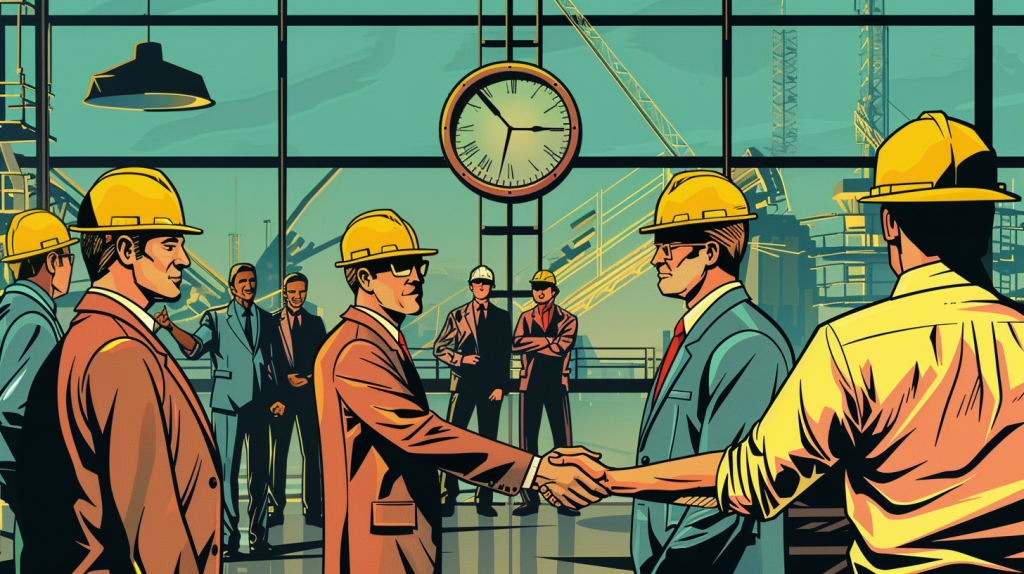
StruxHub
Discover how StruxHub can revolutionize your construction management. Contact us today!
Related Pillar Articles:
Best Guide to Construction Logistics Plans (CLPs): What Owners Want to See Before Work Starts
